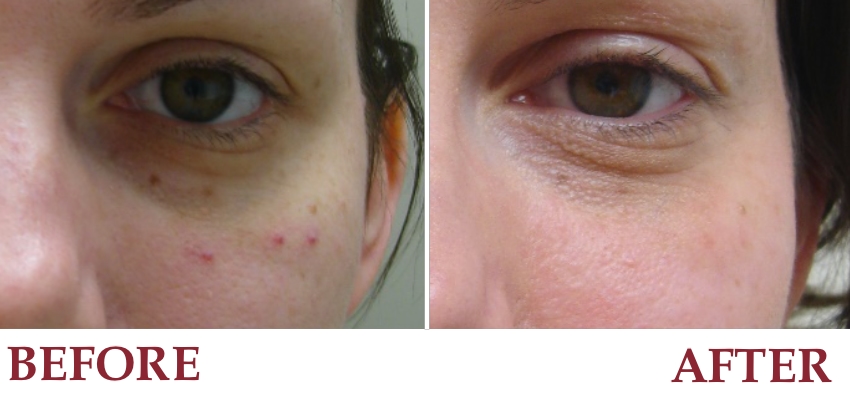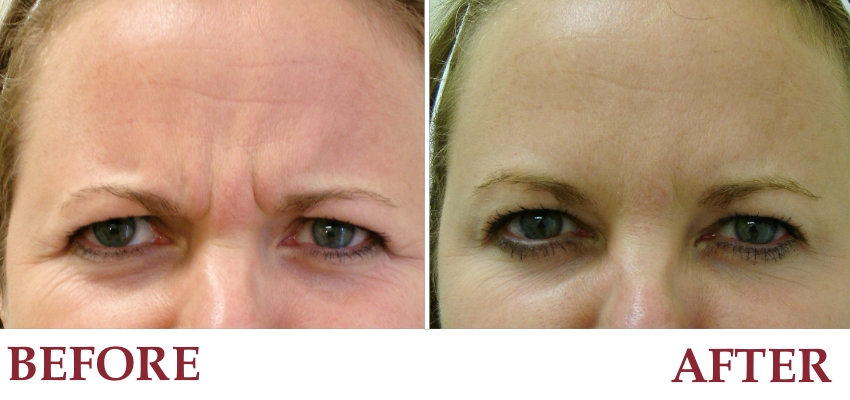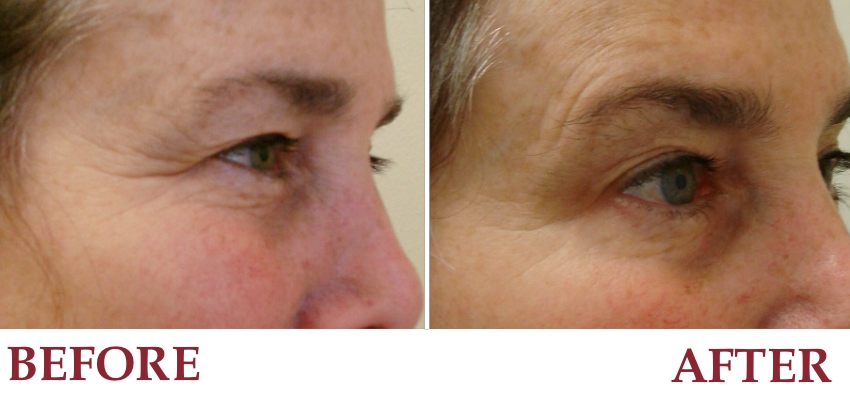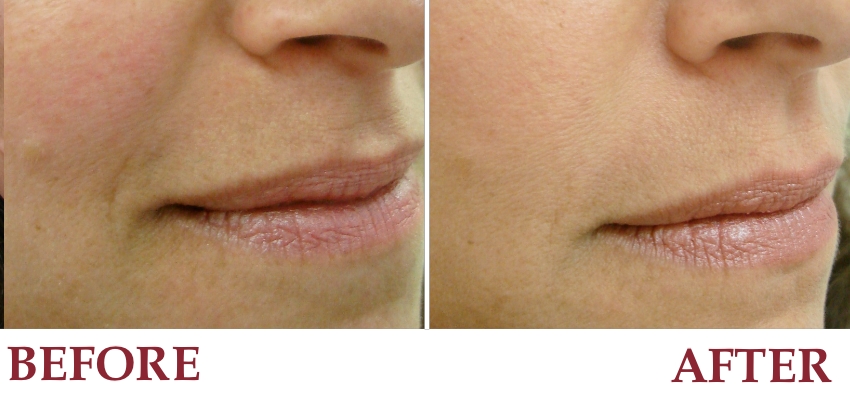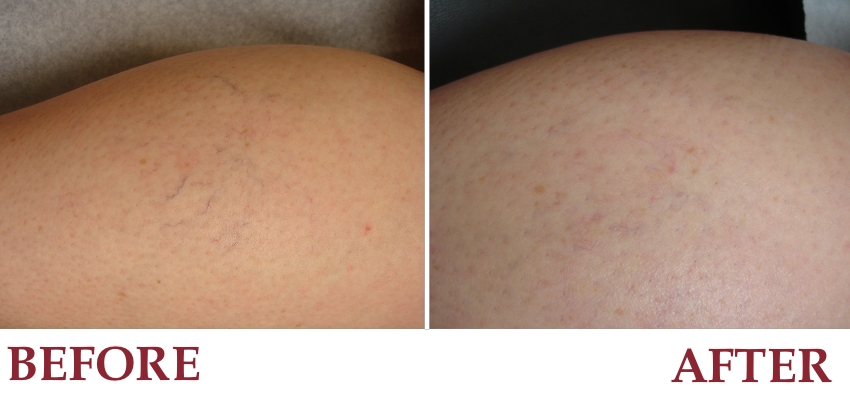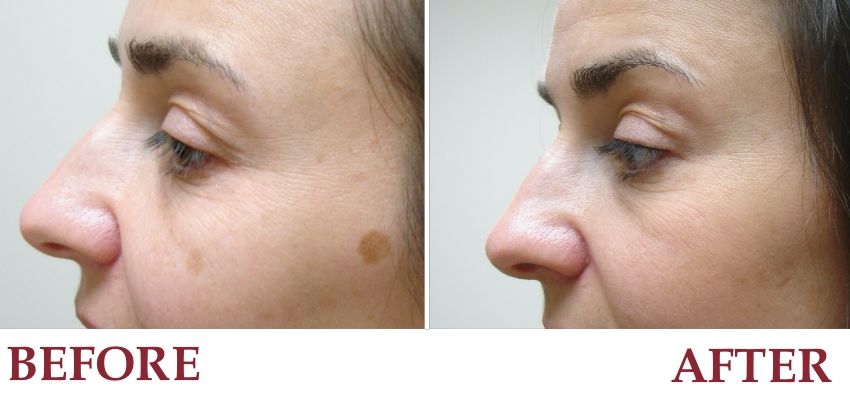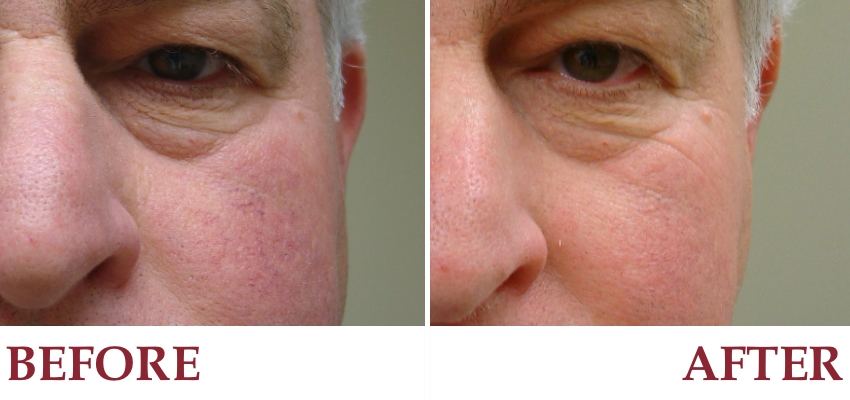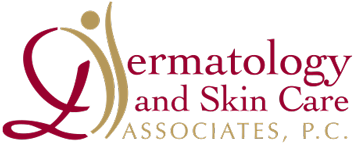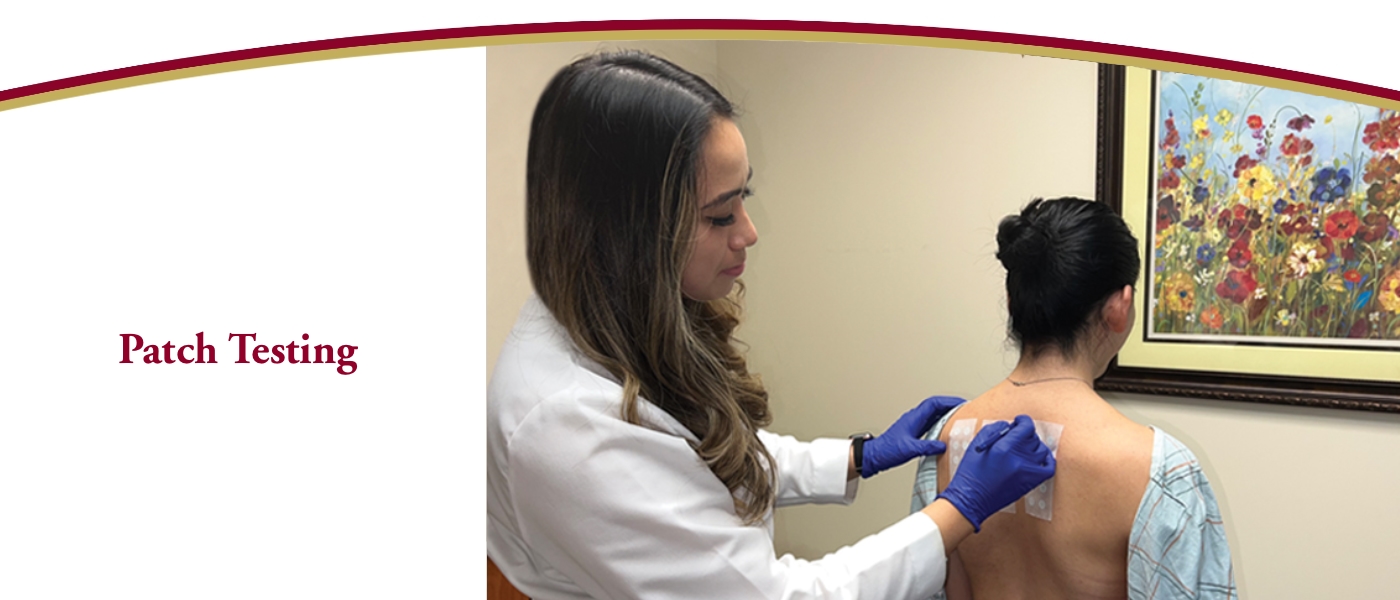
 Rachel Resurreccion was absolutely wonderful. Rachel took the took time to make sure I understood everything about the testing. She was so knowledgeable and answered all my questions along the way. She was also incredibly kind and sympathetic with my challenging results. Rachel really made me feel like I had a someone on my team to help me manage my newly discovered contact allergies. Rachel is everything you’d want in a medical provider – smart, caring, genuine, and knowledgeable.
Rachel Resurreccion was absolutely wonderful. Rachel took the took time to make sure I understood everything about the testing. She was so knowledgeable and answered all my questions along the way. She was also incredibly kind and sympathetic with my challenging results. Rachel really made me feel like I had a someone on my team to help me manage my newly discovered contact allergies. Rachel is everything you’d want in a medical provider – smart, caring, genuine, and knowledgeable. 
Maureen K. Age 50 Natick MA
 I had been living, for years, with a persistent and uncomfortable head and face rash. I came to the patch test appointment feeling very prepared thanks to all of the information the Dr. and Rachel gave me and their answers to my many questions. The follow-up appointments with Rachel were very thorough and extremely informative and helpful. My journey to a clear scalp and face is a “work in progress” but at least 80% better than it has ever been! I absolutely credit that to Dr. Weinfeld and Rachel and the professional care I am receiving.
I had been living, for years, with a persistent and uncomfortable head and face rash. I came to the patch test appointment feeling very prepared thanks to all of the information the Dr. and Rachel gave me and their answers to my many questions. The follow-up appointments with Rachel were very thorough and extremely informative and helpful. My journey to a clear scalp and face is a “work in progress” but at least 80% better than it has ever been! I absolutely credit that to Dr. Weinfeld and Rachel and the professional care I am receiving. 
Charlene T. Age 63
 It was an amazing experience. Rachel was awesome. She was patient and informative and kind. She was great at explaining the process and procedures of this testing. She worked hard at researching the various products that I could use and was very thorough. Shes been super helpful. Thank you, Rachel!
It was an amazing experience. Rachel was awesome. She was patient and informative and kind. She was great at explaining the process and procedures of this testing. She worked hard at researching the various products that I could use and was very thorough. Shes been super helpful. Thank you, Rachel! 
Louisa W. Age 55
What is patch testing and why is it done?
Allergic contact dermatitis is the itchy skin rash caused by a patient’s skin being allergic to a specific substance called an allergen. Poison ivy is the most familiar cause of allergic contact dermatitis. The itchy rash of allergic contact dermatitis can present in many different ways and body areas, including as cracked and scaling hands/fingers, red and swollen eyelids, thick and flaking rash beneath the belly button, and red and flaking rash in skin folds such as the base of the neck, around the armpits, and in the waistline. Sometimes, patients have atypical symptoms such as gastrointestinal symptoms, trouble breathing, or nasal congestion, and discovering allergens may improve these symptoms, too. The skin is exposed to 100’s if not 1000’s of allergens, and patients can find it difficult to impossible to find and avoid the allergen or allergens causing their rash, especially since the immune reaction we are evaluating causes symptoms up to 48 hours after exposure.
Patch testing is a non-invasive office-based procedure that allows dermatologists to identify specific allergens that may cause or contribute to a patient’s skin rash. The basic process of a patch test is to use a needle-free process to place known allergen onto the skin for 2 days. The allergens are then removed, and assessments are performed over the ensuing 7 days to see if the allergens cause inflammation at the site where they were placed. If an allergen causes inflammation, the patient has become sensitized to it, and this allergen may be responsible for symptoms.
Patch testing can be done with a simple panel of allergens (called the TRUE test). While helpful, the TRUE test only tests 35 substances. Expanded patch testing to more allergens has been shown to greatly increase the number of positive reactions and in some cases, nearly 50% of these reactions were only found when testing was performed with additional allergens not present in the TRUE Test. At Dermatology and Skin Care Associates, you will be patch tested with at least a standard panel of 80 allergens we call the modified American Contact Dermatitis Society Core Screening Series. This series will cover allergens such as fragrances, metals, dyes, preservatives, rubber products, and many more. In addition, we have the capacity to target even more allergens based on your specific history, including the bakery or the cosmetic series that are panels for substances specific to foods, hair color, or additional skin care product additives.
Pre-test Consultation:
First, you will have consultation with one of our expert dermatologists. Prior to this visit, you will provide us with a list of all the products that you use at home together with ingredients listed on labels. At this visit, we will explore in the possible exposure to allergens you may have including at home and at work and during your leisure time/hobbies products. This information will help guide us to select the most appropriate series of chemicals to use to test your skin.
- You cannot have a sunburn in the area where the patch tests will be applied.
- You should not undergo UV (ultraviolet treatment) within 3 weeks of patch testing
- For 24 hours before patch testing, you should not apply any creams, lotions, or chemicals to the areas to be patch tested, most commonly the back.
- For 1 week before patch testing, you cannot apply any topical corticosteroids to the areas to be patch tested.
- For 2 weeks before the patch testing, you should not receive injectable corticosteroids. * Please discuss with your doctor in advance if you are taking oral steroids or medications that suppress the immune system. There may be some immunosuppressants or low dosages of oral steroids allowed during patch testing, but these need to be discussed in advance.
- It is OK to continue taking over-the-counter antihistamines before and during the patch testing.
- You will not be able to take a full bath or shower during the testing week, so we recommend you bathe or shower in the morning of your appointment.
Performing the Patch test:
Patch testing takes place in our office over three, approximately 1 hour visits, during the course of one week; some possible schedules include Monday, Wednesday, and Friday or Monday, Wednesday, and Thursday. Regardless of the schedule, we ask patients on the following Monday to take and send us digital pictures of the patch testing sites. This allows us to assess for late reactions.
- You must keep the areas of skin with the patches dry and secure during the entire patch testing procedure (may be up to 1 week post placement). You cannot get the patch-tested areas of your skin wet for these days. It is OK to sponge bath non-patched areas of skin during the week of testing.
- You should avoid excessive sweating and avoid heavy lifting to prevent the patches from coming loose.
- We will need to draw on your skin during the 1st and 2nd visits to mark the locations of where the chemicals were placed on your skin. This marker may stain clothing so please select suitable clothes.
- Positive reactions may show up on the skin as red and/or itchy inflammation at the site of an allergenic chemical. The degree of the rash is different for every person. The range of responses varies from a questionable response (barely visible red mark) to a very strong response (red welt with blisters). Also, the degree of itch is different for every person, and itch at positive sites can be minimal to very itchy. Your provider will help you manage any strong responses.
You will meet again with one of our expert dermatologists to review the results of the test and determine their relevance to your skin rash. A comprehensive list of products safe for your skin will be generated and given to you.
- Positive reactions may appear on your skin after the patches have been assessed in-office. If you notice a new positive reaction at a prior test site, please call our office immediately to let us know.
- Positive reaction sites can occasionally last weeks and be very itchy. Let us know if this happens as we can provide you with treatment to quicken the time it takes for these allergic reactions to fade.
Call our office to schedule a consultation to determine if patch testing is right for you.

